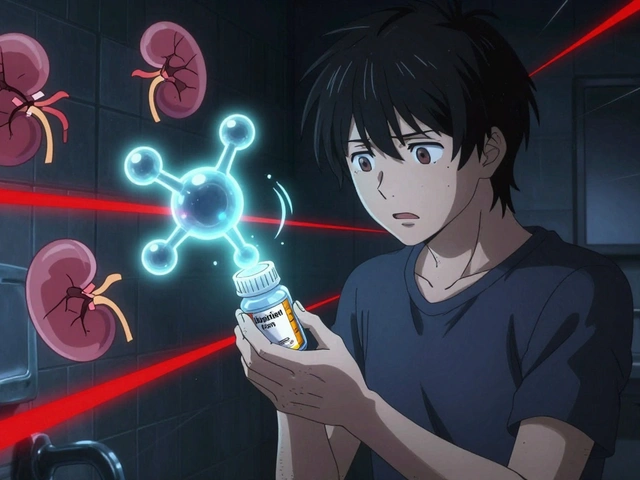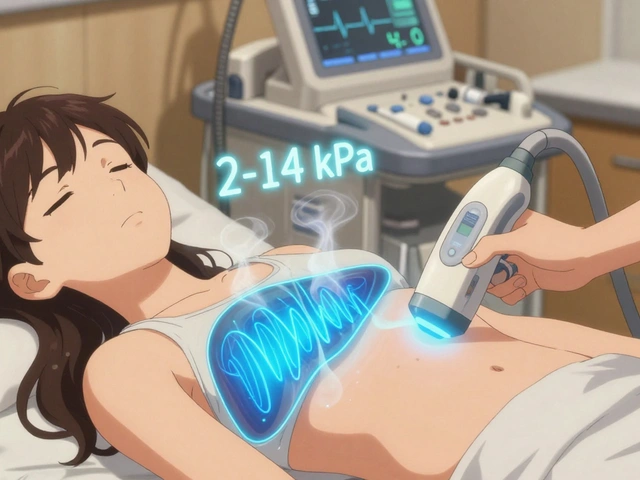Quality Control in Pharmaceuticals: What It Means and Why It Matters
When you take a pill, you expect it to work the way it should—no surprises, no contaminants, no wrong dose. That’s not luck. It’s quality control, the systematic process of ensuring pharmaceutical products meet strict safety, purity, and effectiveness standards before they reach patients. Also known as pharmaceutical assurance, it’s the invisible shield between you and dangerous or ineffective drugs.
Without quality control, medicines could contain toxic impurities, wrong ingredients, or inconsistent dosages. Think of it like checking the brakes on a car before you drive—except here, the car is your body, and the stakes are life or death. This isn’t just about big labs and paperwork. It’s about real people getting the right dose of ICH guidelines, a global framework that unifies how drug safety and manufacturing are tested across countries. These rules make sure a pill made in India is held to the same standard as one made in Germany or the U.S. That’s why pharmaceutical regulation, the system of laws and agencies that enforce these standards exists—to keep companies honest and patients protected.
Look at the posts below. You’ll see how quality control shows up everywhere: in how Valsartan is tested for carcinogens, how generic warfarin is checked for potency, and why Cefpodoxime research tracks bacterial resistance. Even something as simple as a nasal spray like Mometasone has to pass stability tests to make sure it doesn’t break down before you use it. And when you buy Lasix or Ferrous Sulfate online, you’re relying on quality control to ensure the seller didn’t cut corners. It’s not glamorous, but without it, every medication you trust could be a gamble.
What you’ll find here isn’t theory—it’s real-world examples of how quality control saves lives. From the lab to your medicine cabinet, every step is monitored. You don’t see it, but you feel it when your treatment works as it should. That’s the quiet promise of good quality control.

Corrective Actions: How Manufacturers Fix Quality Problems
Corrective actions in manufacturing go beyond fixing defects-they eliminate root causes to prevent recurrence. Learn how structured CAPA processes, backed by FDA and ISO standards, reduce defects, cut costs, and ensure compliance.
Continue Reading



